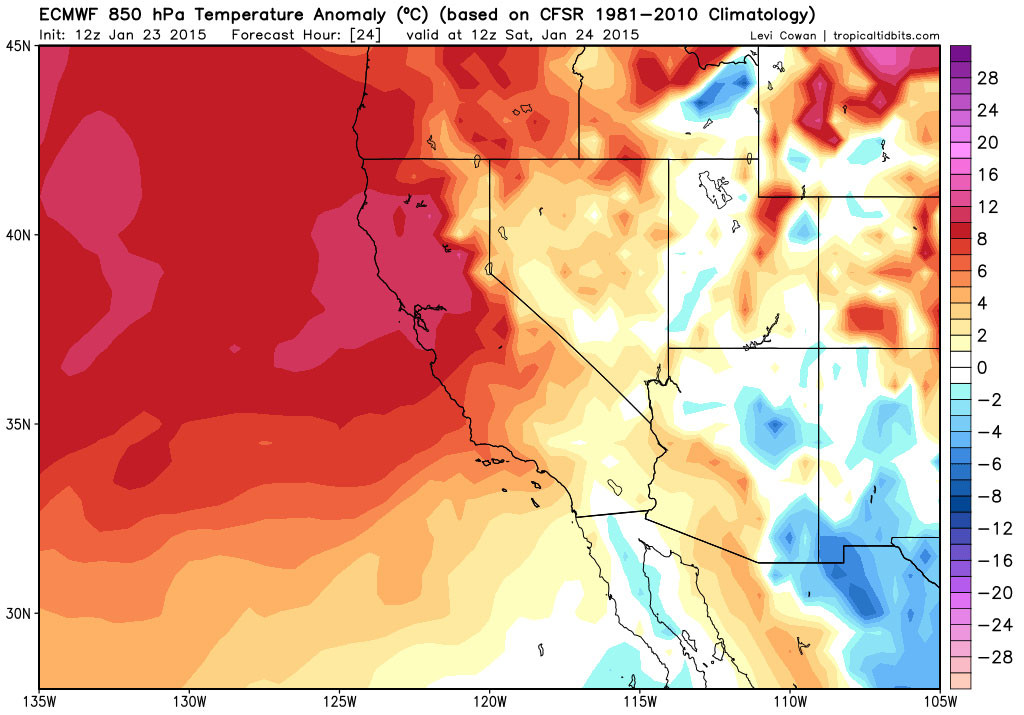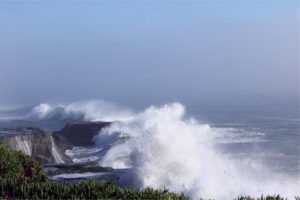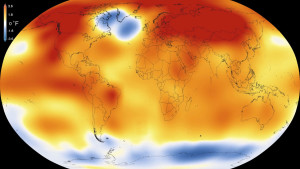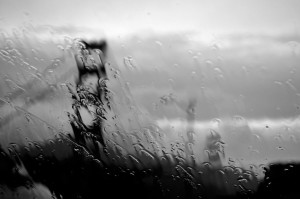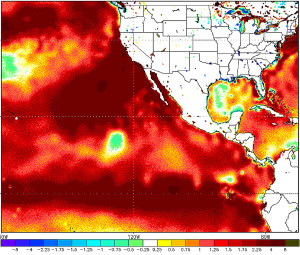his weekend, the big news is that we can all take a quick break from wondering about how dry everything is to wonder instead about how hot everything is. Our local weather is hot — it should hit 70 in San Francisco and 80 in the East Bay on Saturday — our state is hot — 2014 was the warmest year in recorded California history — and our global climate is hot — scientists from NASA and NOAA announced last week that 2014 was the warmest year since records began in 1880.
And it’s getting hotter … and hotter … and hotter. One of the points some scientists have made is that the 2014 global heat record was set without an El Niño. The next El Niño — which could be coming next winter, and more on that in a minute — will likely blow away even 2014’s temperature record, locally, statewide, and globally.
“El Niño events typically release a lot of energy stored in the tropical Pacific Ocean into the atmosphere,” wrote Stanford graduate student and climate scientist Daniel Swain, who writes often about California weather and climate at WeatherWest, in an email. “El Niño is tied to most of the ‘peaks’ on the global temperature graph. The fact that we beat the previous [global] record — which was set during one of the strongest El Niño events on record in 1998 — is indeed impressive.”
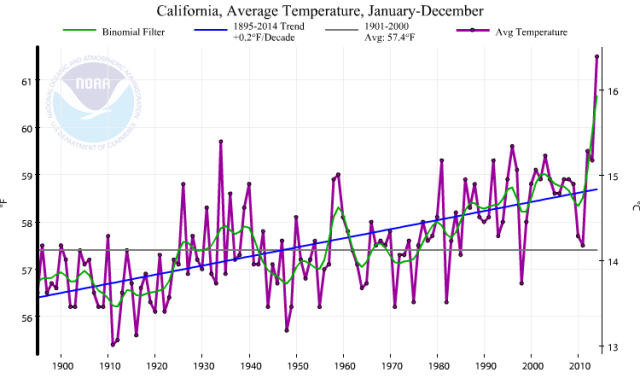
hat’s what’s odd about last year, though, and about this year, and about, well, the hotted-up world in general right now: if you remember from the news, we were supposed to have had an El Niño. The Pacific ocean was ridiculously warm for most of the summer and fall. Climate models munching sea surface temperature data predicted a huge El Niño last winter, and then even when that went bust, continued predicting an above average chance of at least a small one all year long. (They’re, in fact, still predicting one for this winter: the last NOAA model gave a 50-60% chance of an El Niño developing in the next two months.) We were so close to an El Niño this winter that Japanese climate modeling groups declared that we did have one. Maybe that’s a mitigator on how impressive it is to set the global temperature record?
“I think you can use the word noteworthy that we broke a record even though we didn’t have a formal El Niño,” said Anthony Barnston, the chief forecaster at the International Research Institute for Climate and Society at Columbia University. “But you have to mention that we came very close to an El Niño. I would use noteworthy rather than a stronger word like stunning.”
Which raises the question, then, of why, with the Pacific water so warm, we spent so long teetering on the edge without ever obviously tipping over. Why didn’t we have that El Niño? Could it really come back next year — almost guaranteeing that globally and locally 2015 will be warmer than 2014?
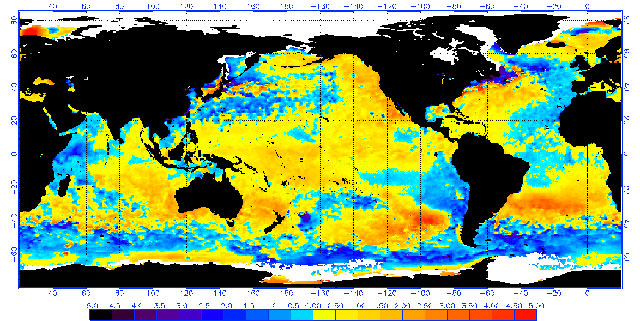
he answer seems to be that, while the ocean was hot, there’s a second part to the phenomenon, in which the atmosphere hooks up to that warm water and starts causing changes … and that part never happened. Perhaps, Swain said, it was just too warm everywhere. The water was hot in the eastern Pacific, and it was hot in the tropical west Pacific, and that might have prevented the pattern from occurring.
“Some of this likely had to do with random chance — the big bursts of westerly winds we normally need to see near the equator to sustain a developing El Niño didn’t materialize,” Swain wrote. “But there has been a persistently warm pool of water in the tropical West Pacific in recent years that may itself have interfered with the typical evolution of El Niño (by preventing the familiar west-to-east spatial pattern of ocean surface temperature differences from occurring), and that’s a topic of ongoing research.”
In the last few weeks, the warm water directly off our coast has retreated somewhat. But some climate models, included NOAA’s, now predict an El Niño in 2015. Swain and Barnston both said they’re skeptical, as have many others. Basically, Barnston says, there’s a “predictability barrier” between April and July, during which the ocean turns into some sort of chaotic froth. When it emerges from its reset, then you start to be able to predict an El Niño.
“We have to take what they’re saying with a grain of salt,” Barnston said.
But if we did get one …
“If we get a big El Niño next year it’s a good chance the global temperature would break a record,” he said. “It’s true.”
Deke Arndt, a scientist in the climate monitoring group at NOAA and the National Climatic Data Center, whose group produced the global temperature record report, agreed.
“I wouldn’t go so far as to say I expect it,” he said. “But I wouldn’t be shocked. And if an El Niño developed, it would tilt the scales in favor of 2015 giving 2014 a run for its money.”
Arndt added another qualifier, which is that 2015 could be hot anyway, for the same reason 2014 managed to be so hot even though our Pacific El Niño never quite happened: it’s a big world out there. California had record heat, but we weren’t necessarily leading the way. Global means global, and it means that the eastern Pacific was hot, and the Indian Ocean was hot, and so were a lot of other places. (In fact, almost everywhere in the world was way above average last year except for the eastern United States.)
“It’s very easy to simplify and say that El Niño dictates everything, when in fact it’s just a really influential member among many members of teleconnection patterns around the world,” Arndt said. “There was a lot that went on well beyond the El Niño that had to do with this.”
Still, when the meteorologists tell you to enjoy the great weather this weekend, feel free to throw your beach ball at them.

